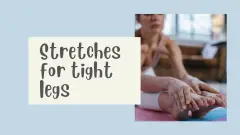Taking a few minutes to do warm up exercises is time well spent, as they make your workout safer and more effective. Body tissues need to adapt to the effort of a workout. If they don’t get the chance to do this, then the workout will be less effective and could result in injury.
What happens when we warm up
During the warm-up, various changes happen in the body which prepare it for the more vigorous exercise to follow:
- Joint mobility exercises stimulate the joints to produce the fluid which lubricates them. This allows for smooth movement and cushioning of impact.
- The heart starts to beat faster to improve blood supply to the working muscles, which provides them with oxygen and nutrients and removes carbon dioxide.
- The muscles become warmer and more flexible
- Breathing rate increases
- Coordination improves
What warm up exercises should you do?
- Joint mobilisation
- Exercises which gradually increase the heart rate
- Preparation for the movement patterns in the main workout – particularly important with heavy weights or complicated movements like dancing
Do you need a warm up stretch?
This debate has been going on for years. At one time warm-up stretches were part of every exercise class and gym program. The thinking was that the muscles should be taken to their full length to prepare them for exercise. Years of research has failed to come up with any strong evidence to support this. There has even been some evidence that stretching before exercise can reduce the maximum force the muscle will be able to generate. For activities which need a high level of flexibility – dance and gymnastics for example – warm-up stretching is more useful. But for ordinary workouts, joint mobilising exercises should be enough.
Risks of skipping your warm-up
Going straight into strenuous exercise can result in muscle and joint injury and a less effective workout.
- Cold muscles, ligaments and tendons will be less flexible and more prone to injury. Joints which have not been mobilised will not be well-lubricated and the resulting lack of smoothness in movement can also lead to injury.
- You can become faint or dizzy, or get breathless very quickly, due to blood pooling. The heart rate will quickly increase to pump blood to muscles as they start to work, but the blood needs to be circulated back to the heart just as quickly in order to keep going with the activity. This relies on the action of working muscles and if the heart rate has increased too quickly, then return of the blood to the heart might not be able to keep up.
- The muscles will be forced to produce energy anaerobically because they aren’t getting enough oxygen. This will make them tire quickly and need to rest.
- Without rehearsing movement patterns and tuning in your coordination, you can be clumsy and uncoordinated. Again, this increases risk of injury.
- You miss out on the mental preparation which helps you to focus on coordination, control and technique. Getting these right is key to getting the best possible results from your exercise session.
Good warm up exercises
Warm-ups should mobilise all the main joints, and increase the heart rate and blood supply to the muscles. The following exercises are all good for warming up:
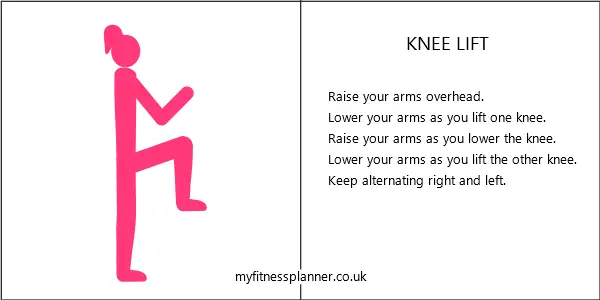
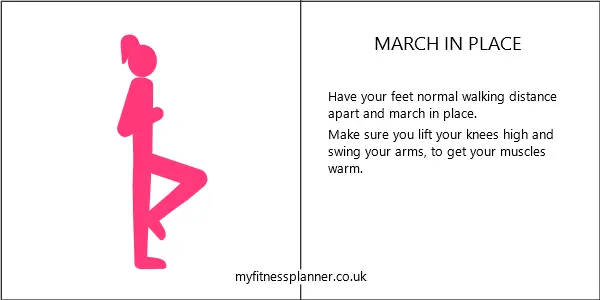
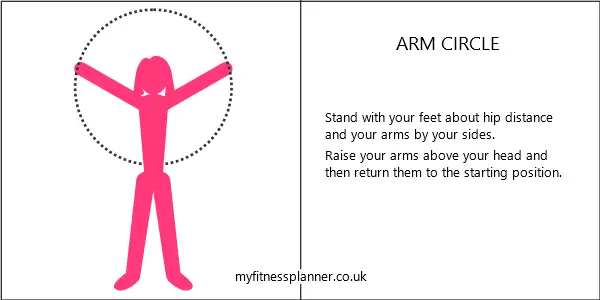
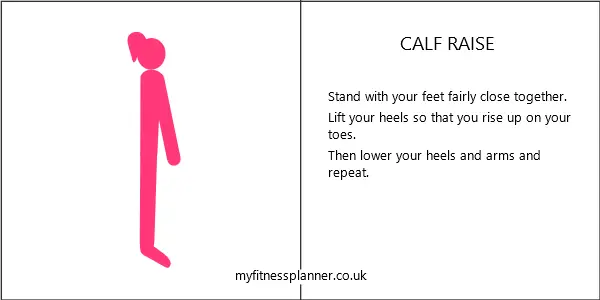
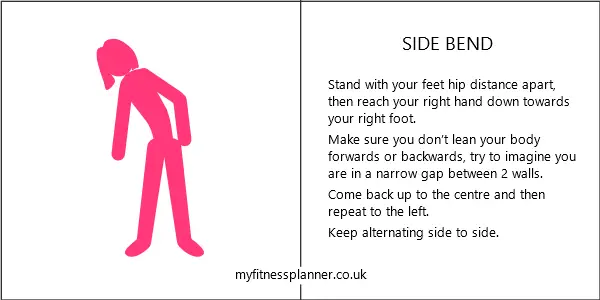
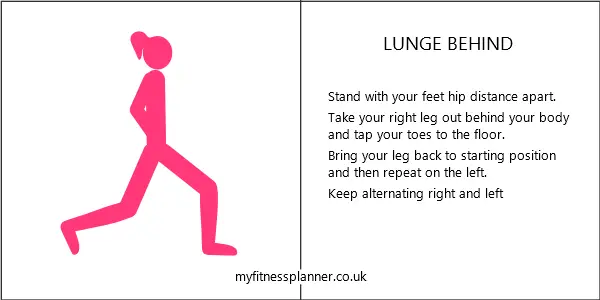
Warm up exercises for short workouts
Short workouts can be a good solution to fitting exercise in for those who can’t manage a full workout. Obviously if you only have 10 or 15 minutes for a workout, then you don’t want to spend half of it warming up. If you’re going to do a moderate intensity, low impact workout, then just mobilising the joints should be adequate as a warm-up. If you’re doing a fast walk or a run, then starting at a normal walk pace and gradually picking up the pace is fine. Alternatively, concentrating on one body part can cut down warm-up time. For example, before doing a 5 minute squat session you could mobilise your hips and knees and warm up your leg muscles by doing a few knee lifts.
